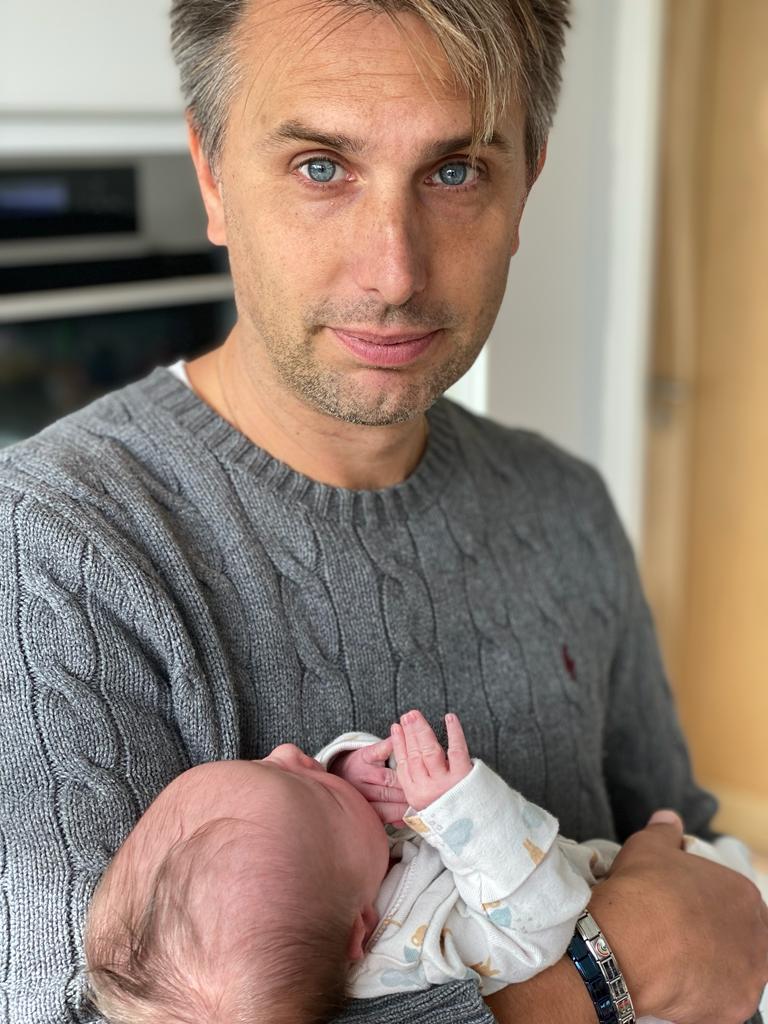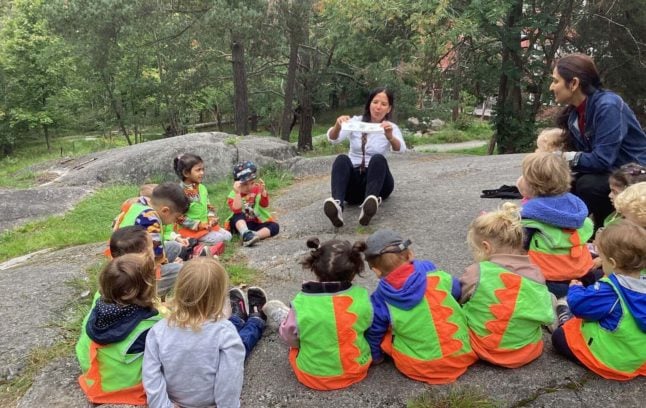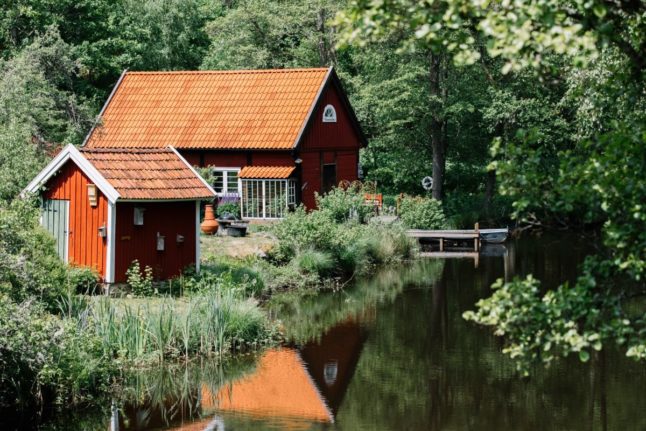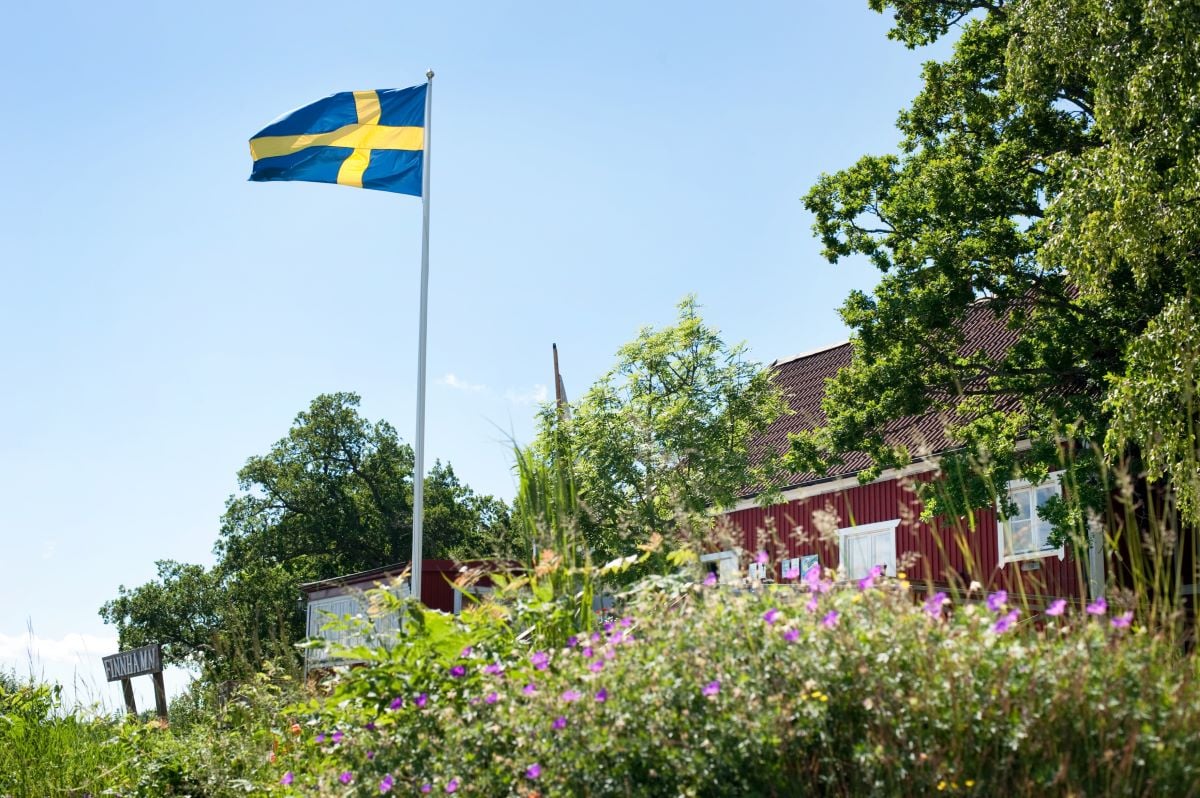Some might argue that it’s the sense of trust fostered within a school community. They’ll tell you that when not only children but also teachers and parents are magnetically drawn to a place, often for decades, something remarkable is at play.
To put this idea to the test, The Local sat down with parents and teachers from Futuraskolan’s international pre-schools at Gåshaga and Brunbärsvägen to explore what sets them apart and why they keep returning.
To explain Futuraskolan’s preschool offering, Ivett Tamayo, the principal of the Brunbärsvägen preschool stated: “Gåshaga was our first Futuraskolan Preschool and Brunbärsvägen was our first International Futuraskolan Preschool.”
“Now Futuraskolan AB operates 6 pre-schools in Stockholm and the Greater Stockholm region, all with an International profile.”
“To be internationally minded we must know ourselves and our own values and have curiosity, knowledge and respect for cultures and beliefs different to our own. We pride ourselves on our International profile.”
The parent
Patrik Söderkvist, who first connected with the Futuraskolan network when his stepson attended Futuraskolan International School from first to ninth grade, later found that when it came time for another of his children to begin school, there was no other option.
He fondly recalls, “Not only would they learn Swedish and English, but they’d also pick up a bits of Chinese and Spanish from the teachers, and another would teach them sign language. I believe that the more children are exposed to different languages throughout the day, the quicker they’ll pick them up.”
“Combined with the fact that it was close, there was no competition!”

A few years down the line, with his daughter now at the Gåshaga pre-school, there’s much more that he admires about the Futuraskolan approach.
“Whenever I drop my daughter off, they’re always engaged in some captivating activity with their teachers. What I truly appreciate is that they greet her ahead of me – she goes first, she’s the top priority.”
“My brother brought his kids to Futuraskolan after trying out another pre-school, and he said that in the other one, he felt like the kids were merely in storage. It’s a world of difference at Gåshaga.”
“I also love that we receive a daily picture, allowing us to follow their activities, from working with colors and textures to exploring numbers and understanding more about the world.”
“I know I don’t need to worry either. The pre-school is incredibly communicative and transparent, and in the unlikely event that anything were to happen, I’d know immediately.”
Find a Futuraskolan pre-school near you and discover how they introduce children to the world
The teachers
However, fantastic schools and pre-schools wouldn’t exist without content teachers. When speaking with Amelia Pujols Burgos and Kim Swanson from Futuraskolan’s Brunbärsvägen location, it’s clear why they’ve chosen to stay with the pre-school.
Kim, originally from the United States, has been there from the very beginning.
“When Brunbärsvägen opened, a colleague was appointed as the principal, and she asked three other teachers to join her. This was in 2007, and I was eager to be a part of it.”
“Starting a new pre-school is challenging, but it was also a lot of fun, and it has grown significantly.”
“At the outset, it felt very British or American, but over time, it evolved. We incorporated the Swedish curriculum, which can be quite distinct. There’s a strong emphasis on play and gradual development.”
“While some parents initially had concerns, in the end, they all agree that it’s for the better. We have a curriculum that reflects a truly international mindset combined with a Swedish approach to education.”

Amelia came later, seeking a teaching environment that would resonate with her background and experiences.
She explains, “I was a preschool teacher in the Dominican Republic, and when we moved here for my husband’s work, I applied for jobs. Futuraskolan felt open, friendly, and international – it was where I felt most at home.”
“One thing I truly appreciate is how we involve parents in our day-to-day teaching. Just last week, one mother came and read a book in Ukrainian. By the end of the lesson, the children had learned the words for ‘cat’ and ‘dog.’ Parents feel like they can explore new ways of communication without fear.”
When asked about the frequent outdoor activities at Brunbärsvägen and Gåshaga pre-schools, both teachers express their enthusiasm, although Amelia found it to be a bit of a learning curve.
“When I started, it was the coldest winter in twenty years. I didn’t know much about winter clothes; I come from the Caribbean! I had to hide behind a tree to cry!”
“However, both the kids and parents notice the benefits of being outdoors and using it as their classroom.”
Kim adds, “There’s a wealth of research about how it’s good for children’s health, and it also challenges their motor skills as they climb hills and navigate the snow.”
Reflecting on why they love teaching with Futuraskolan, both respond without hesitation.
“It simply doesn’t feel like work. I love coming here every day. I love how open we are to new cultures and new ways of doing things. Regardless of the language we speak or our background, we all understand that we’re the same.”
Kim values the challenges and excitement the job brings: “Before I came to Futuraskolan, I had been in Sweden for a long time. I wondered whether I should try something else, move elsewhere, but every day brings new experiences and different projects.”
“The international perspective also exposes you to different viewpoints and ways of communication, and that’s something you might easily miss out on elsewhere.”
Kim has a message for parents who want to learn more.
“Parents are always welcome to make an appointment and have a tour – they can witness how we work and interact with the children. We’re very open about helping parents understand how Futuraskolan operates.”
To get a picture of a day in the life of Futuraskolan preschools, follow them on Facebook or Instagram.





 Please whitelist us to continue reading.
Please whitelist us to continue reading.
Member comments